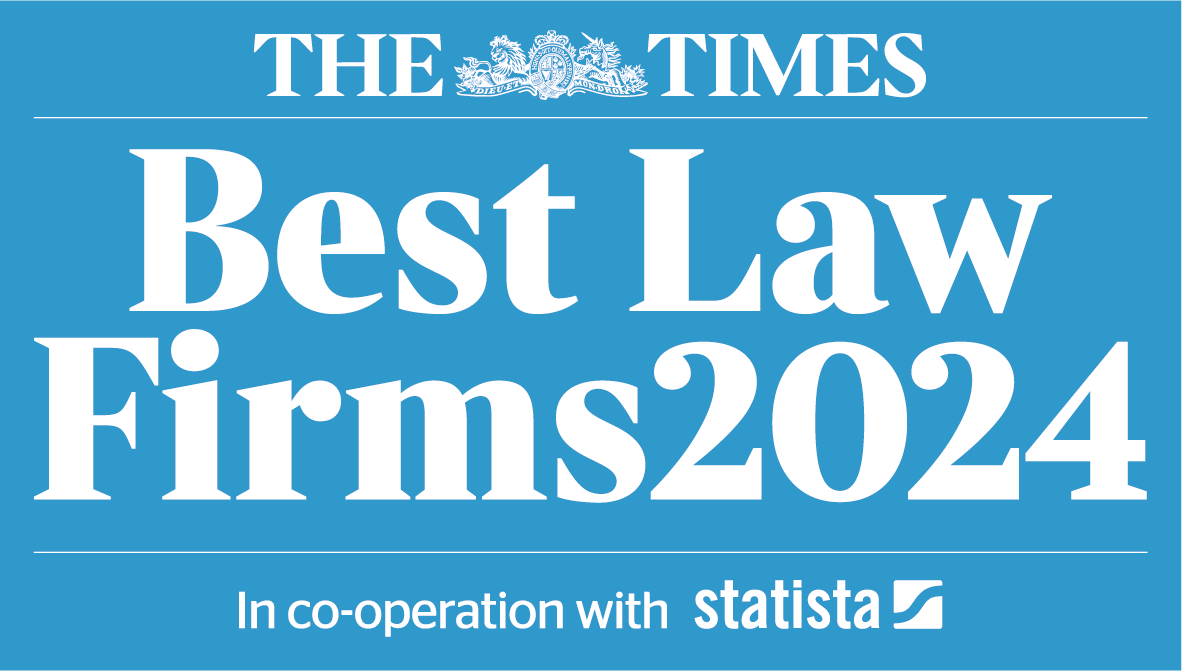Happy International Women’s Day!
The theme for this year’s International Women’s Day is “Break the Bias” and it’s a theme that’s asking everyone, both employees and employers alike, to help forge and maintain a gender equal world. As is often the way however, “Break the Bias” is an easy thing for employers to say but it’s more complicated to actually do.
Establishing meaningful gender equality, challenging gender stereotypes, discrimination and bias and forging a workplace which calls out gendered actions or assumptions and celebrates the achievement of female employees is no mean feat. However, in practical terms what are employers actually putting into action? Is bias being broken in the workplace or instead, is it easier to put out the message that you’re breaking the bias, without putting any measures in place to actually achieve it?
While great strides have been taken in terms of awareness, raising the profile of female focused workplace issues and higher than ever levels of female representation at board and management level, there is still considerably more work to do. Indeed, just in the past few weeks, the news has been filled with articles that ultimately suggest that while a lot of positive change has been achieved, employers are still largely preferring to champion the message, without addressing the underlying issues.
For example, last week the TUC reported that women are working on average 56 days a year for free because of the gender pay gap. The Women and Equalities Committee confirmed that 31% of women had missed work due to symptoms related to menopause, only 11% of those surveyed had asked for workplace adjustments, 25% of those who had not asked for adjustments said they had not done so because of concerns about how others would react and 19% did not even know who they should speak to about adjustments. Finally, Unison also called on the government to act on their yet unfulfilled July 2021 promise to change the law to introduce a mandatory duty on employers to prevent sexual harassment. Unison argues, the change cannot come soon enough, confirming that over half of all women have experienced sexual harassment in the workplace and 4 out of 5 people don’t feel able to report it to their employer.
So what can employers actually put into action, rather than simply embracing the publicity campaign of breaking the bias? What does breaking the bias actually look like in practical and legal terms?
In terms of practical steps, employers should be considering not only the basic suite of bullying & harassment, discrimination and workplace conduct policies, but also thinking of the practical steps they can take to counter the gender divide in the workplace. In doing so, employers should consider all potential scenarios that can lead to women being treated less favourably to men in the workplace (both consciously and unconsciously) and this is something that should extend beyond a simple analysis of whether your maternity leave policy is enhanced or not. As such, here are the Herrington Carmichael top ten suggestions for helping to maintain a gender equal workplace:
1. Appoint workplace champions to be the point person for gender equality and encourage men and women to be equally involved.
2. Set clear (and easily available) policies for flexible working, requesting reasonable adjustments, and for shared parental leave (and other family friendly policies).
3. Publicise the reporting lines for bullying and harassment or consider an anonymous reporting platform.
4. Use anonymised recruitment and diverse interview panels in order to select from the largest pool of candidates without unconscious bias skewing the end result.
5. Undertake regular staff surveys to gauge where any problem areas may lie, so this can be addressed quickly with training or informal management.
6. Complete an Equal Pay Audit annually and tie this to your gender pay gap reporting.
7. Train your line managers – this applies equally to women and men, in order to spot issues that might affect those whom they manage differently to how it would affect them.
8. Give more consideration to cross-sectionality, while this article focuses on gender, women of colour, women with disabilities or women with any other protected characteristic are even more likely to suffer from discrimination in the workplace.
9. Set up networks to promote diversity, such as a female networking group and encourage not only female employees but all allies to participate too.
10. Set targets or aims for the amount of female representation at the top level of your company (although note these targets should not be discriminatory against those of another gender or with another protected characteristic).
The cost of getting these issues wrong, often far exceed the costs involved in getting it right – the legal risks for sex discrimination, unfair dismissal and equal pay claims alone can be staggering. Not to mention the practical risks employers run with professional reputation, employee retention and even employee recruitment if they become associated with gender inequality or discrimination.
Take by way of example, the recent judgment and the historic order for an equal pay audit to be undertaken by BNP Paribas this year. The extensive cost of performing (and publishing) a court ordered equal pay audit will far exceed the cost BNP Paribas could have gone to if they had undertaken regular equal pay audits, taken steps to address subconscious bias at management level and had promoted an environment in which a gender equal workforce was not only encouraged but was increasingly the norm.
For further information, or to discuss any of the points raised in this update, please contact our Employment Group on 0118 977 4045 or employment@herrington-carmichael.com.
This reflects the law at the date of publication and is written as a general guide. It does not contain definitive legal advice, which should be sought as appropriate in relation to a particular matter.








